What Is a Casserole?
They're on tables everywhere, but what makes a casserole a casserole? Plus, hotdish vs casserole, must-try recipes and more.
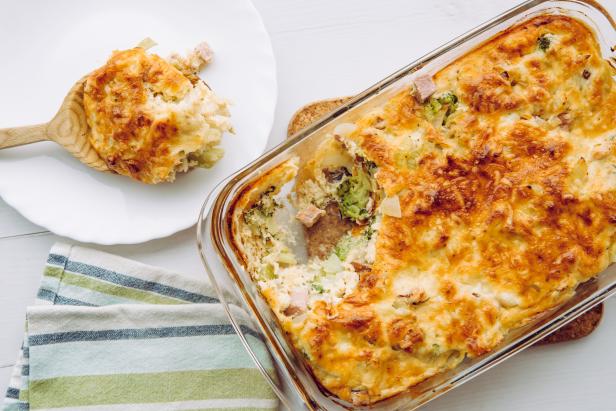
Helin Loik-Tomson/Getty Images
By Alice K. Thompson for Food Network Kitchen
Alice is a contributing writer and editor at Food Network.
Although their name comes from the French word for saucepan, casseroles feel distinctly American, routed in a love for comfort food and often shaped by a desire for easy, tasty home-cooked meals. Here’s everything you need to know about casseroles and cooking them, along with great recipes for all kinds of occasions.
What Is a Casserole?
A casserole is a one-dish meal that’s baked and served from a sturdy baking dish that’s itself known as a casserole.
Casseroles can be main courses or side dishes like gratins or the famous Thanksgiving green bean casserole. They're often defined by the vessel they're baked and served in, which is called a casserole dish. The ingredients in a casserole can be layered or simply mixed together. And although oven-baked pasta dishes like lasagna and baked ziti are technically casseroles they’re not known as such; those are called baked pastas.
Casseroles are found in many cuisines, but have a particular place in American culture. They can be elegant, but casseroles are one of the pillars of comfort food: straightforward, warming dishes that serve a crowd and almost always provide another meal (or two) of easy-to-reheat leftovers. A casserole is also an iconic food gift brought to occasions and celebrations ranging from potlucks to family reunions to housewarmings. They’re often dropped off to support households going through everything from new babies to bereavements to illness; it’s a dish that can in itself be a statement of caring.
What Is a Casserole Dish?
A casserole dish is always oven-safe and can be ceramic, enameled cast iron or simply a 9 x 13-inch glass baking pan. It should be deep enough and wide enough to hold a good quantity of food; 3-quart sizes are popular but not the only option. Most casserole dishes have handles so they can be easily taken in and out of the oven, and some come with lids that make transporting the dish easy. Although gratin dishes can be used as casserole dishes, gratins are typically smaller and shallower than classic casseroles.
Do Casseroles Need Specific Ingredients?
Although a casserole is primarily defined by the dish it’s baked in, there are some elements that are particularly popular. The most common words in a casserole recipe might be “bake until browned and bubbling,” and this is often achieved with specific ingredients. A creamy binder like béchamel (white sauce), cream or sometimes canned cream soup is found in many recipes. A crunchy topping of everything from breadcrumbs to crushed potato chips or crackers is designed to turn golden-brown for a picture-perfect comfort food meal. Cheese is another popular element in casseroles and most will also add another protein to bump them squarely into the one-dish-meal category.
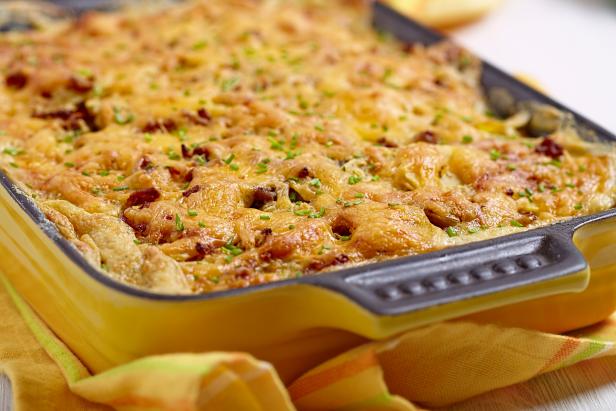
Azurita/Getty Images
Is Hotdish the Same as a Casserole?
What Minnesotans — and some North Dakotans — call hotdish is a type of casserole, although its definition is somewhat narrower. A hotdish must be a main course, and almost always a hearty one that includes a protein, starch and at least some vegetables. It can’t be a breakfast or side dish, for instance.
Some hallmarks of hotdish are reliance on canned or convenience foods, inexpensive proteins that can be stretched to feed a crowd and easy throw-it-all-together assembly. Popular ingredients include potatoes or tater tots, rice, noodles, canned soup (particularly cream of mushroom), ground beef, chicken, green beans, corn and crunchy toppings like chow mein noodles or potato chips.
Why Are Casseroles So Popular?
Casseroles have a lot going for them. Here are the top five reasons we think they’re such a staple for home cooks:
Reason one: Portability. Casseroles transport well for celebrations, potlucks or as food gifts.
Reason two: Economical. Most recipes are economical, using inexpensive ingredients and stretching modest amounts of proteins.
Reason three: Straightforward recipes. They’re easy to put together ahead of time and then bake off when needed.
Reason four: Longevity. Most casseroles freeze well, either baked or unbaked.
Reason five: Extra portions. Casserole leftovers are easy to reheat in the oven or microwave.
Recipes for Casseroles
With so many casserole styles and so many occasions for casseroles it’s daunting to choose just a handful of great examples. Want more? You can also check out some of our hundreds of recipes for inspiration.
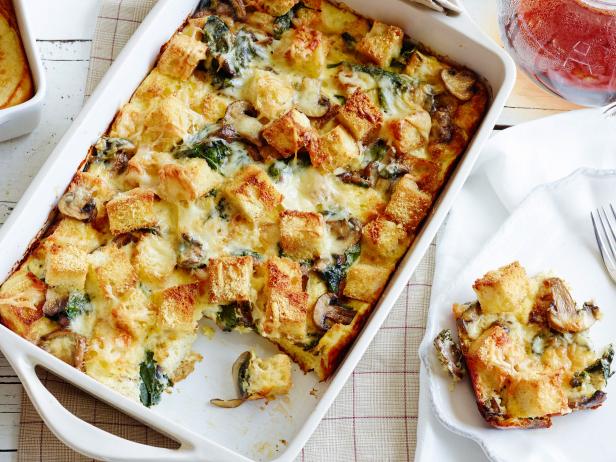
Matt Armendariz, 2014, Television Food Network, G.P. All Rights Reserved
Assembled the night before and baked off for a brunch or a holiday morning, casseroles like this are do-ahead cooking at its best. This recipe gets bonus points for being vegetarian to accommodate lots of guests' dietary preferences, plus it uses day-old bread for extra economy. You can even dice and freeze the bread a few weeks ahead if you’ve got extra going stale, then pull it out of the freezer to make this delicious crowd-pleaser.
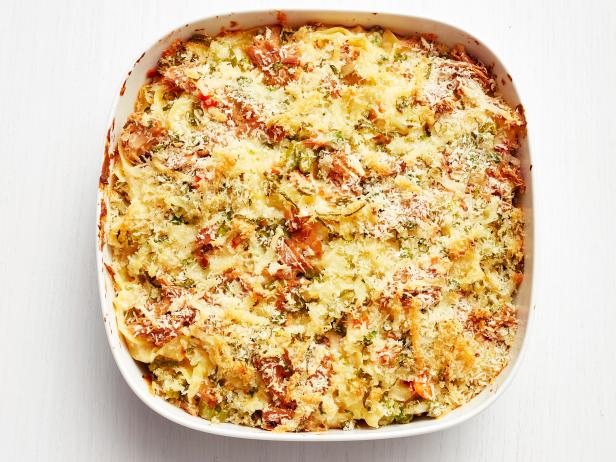
Ryan Dausch
It’s an American classic, and with good reason: It’s rich and filling while still being particularly economical even for a casserole. You might be familiar with tuna casseroles that rely on canned cream soup; this takes a from-scratch route by combining evaporated milk, sour cream and shredded cheese for flavor and richness.
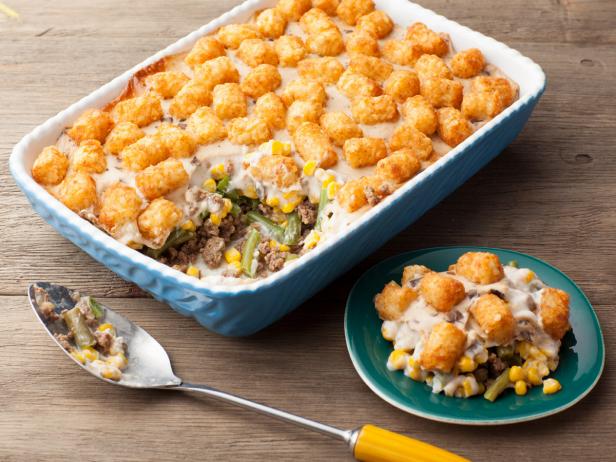
Tara Donne
Here’s a very traditional take on the Upper Midwest hotdish. It has many iconic ingredients: tater tots, canned soup, ground beef and corn and green beans. Plus, it makes a generous eight servings in keeping with hotdish’s reputation for abundance.

Here’s a classic comfort food casserole from Mexico: A rich, tasty mix of vermicelli (fideos) noodles cooked in a rich tomatoey broth with turkey and plenty of cheese and spices added. We suggest smoked turkey for deep flavor, but you could use any shredded cooked meat you like: roast chicken or turkey, roast pork or even shredded beef. Improvisation is one of the hallmarks of casserole cooking.
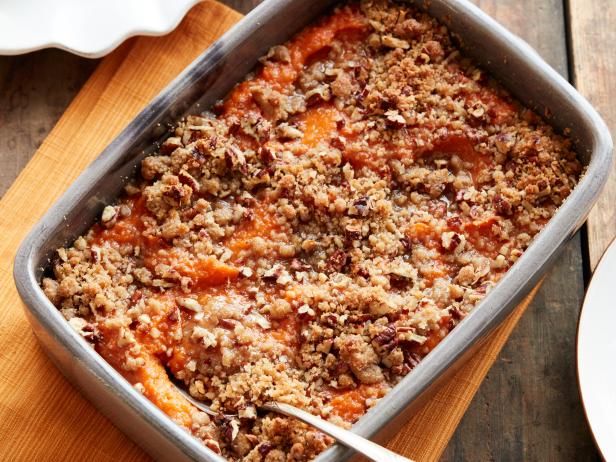
Matt Armendariz, Copyright 2015
Here's an example of a famous casserole that's not a main dish. Big celebrations like Thanksgiving are often packed with casseroles: They're easy to make ahead and reheated at serving time, they're an easy way to serve a crowd and the creamy-crucnchy texture is a winner. This recipe covers all the bases. You can only hope for leftovers!
Related Links:























































